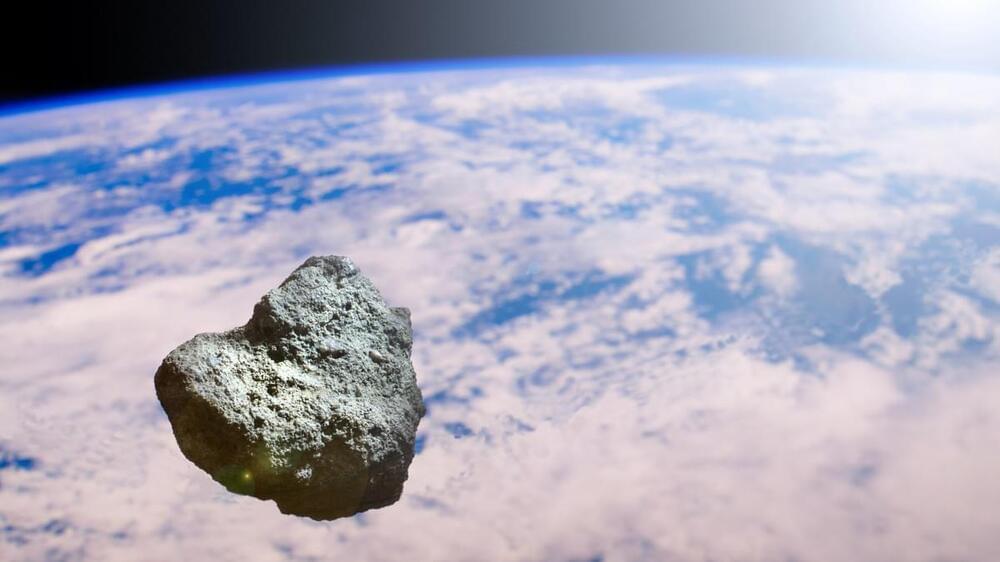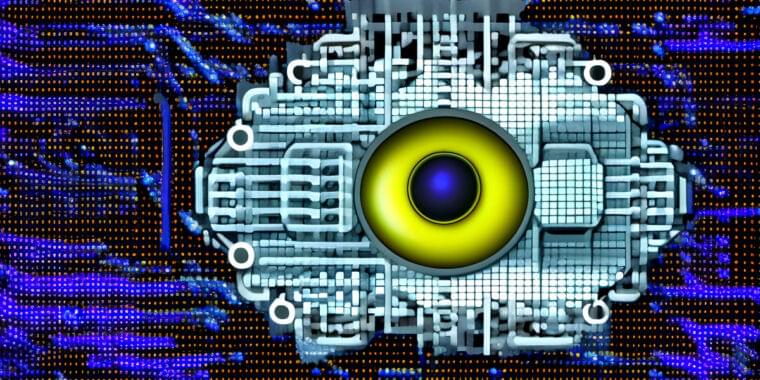Haptic holography promises to bring virtual reality to life, but a new study reveals a surprising physical obstacle that will need to be overcome.
A research team at UC Santa Barbara has discovered a new phenomenon that underlies emerging holographic haptic displays, and could lead to the creation of more compelling virtual reality experiences. The team’s findings are published in the journal Science Advances.
Holographic haptic displays use phased arrays of ultrasound emitters to focus ultrasound in the air, allowing users to touch, feel and manipulate three-dimensional virtual objects in mid-air using their bare hands, without the need for a physical device or interface. While these displays hold great promise for use in various application areas, including augmented reality, virtual reality and telepresence, the tactile sensations they currently provide are diffuse and faint, feeling like a “breeze” or “puff of air.”



